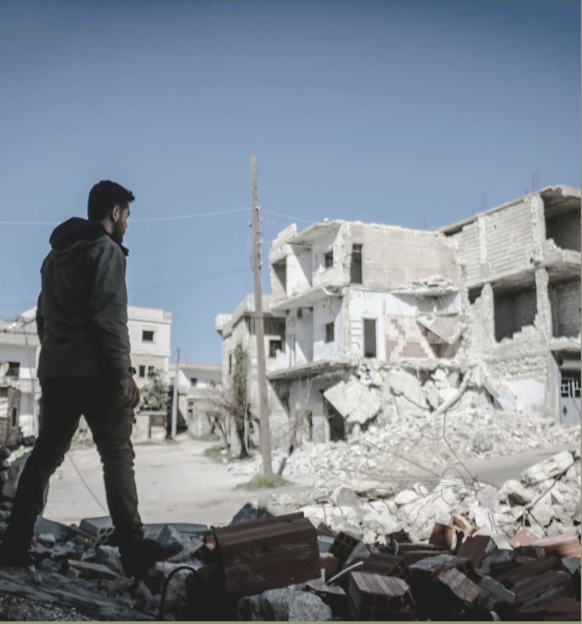More than 23,000 are dead and tens of thousands are injured after a 7.8 magnitude earthquake struck Turkey and Syria on Monday, Feb. 6. Could an earthquake of the same magnitude affect Sonoma State?
Rescue teams are still trying to recover survivors and bodies in the middle of destroyed cities. Videos are being spread around social media showing the reality of the rescue process.
Keegan Chipman, a third year business administration major, explained how she felt watching these videos,“The rescue team was screaming to see if anyone could hear them in the damage and the silence afterwards was so sad and scary,” said Chipman.
More than 380,000 people are homeless and struggling to find shelter.
Experts warned that the areas affected could not handle a large earthquake as recently as last November. Turkey has been collecting earthquake taxes since 1999 when a large earthquake killed over 17,000 people. There is little evidence that the tax revenue was used for prevention or for relief. The Special Communications Tax has raised around 3.8 billion USD, but economists believe the fund should be worth 30 billion USD after adjusting for changes in exchange rates. The Turkish government has never explained where and how the revenue has been spent.
Both countries lacked the infrastructure needed to withstand an earthquake of that magnitude. Many buildings completely collapsed making it difficult for rescue teams to recover bodies. Esha Malik, third year psychology major, explains, “I’m used to seeing a lot of tragedy in the Middle East, so I saw that and thought it was heartbreaking”.
In California, the possibility of a 7.8 magnitude is not unlikely. Sonoma State is an hour north of San Francisco where an earthquake of a greater magnitude destroyed the city in 1906.
Kevin Fang, SSU assistant professor and director for the Center for Sustainable Communities, explains, “The San Andreas fault was responsible for the 7.9 Great Earthquake of 1906 which resulted in the destruction of San Francisco. The San Andreas runs right along the coast here in the North Bay before running off into the Pacific.”
The Rodgers Creek fault is the closest to Sonoma State’s campus and is now reported to have enough strain to produce a 7.1 magnitude earthquake, according to James Lienkamper with the U.S. Geological Survey. An earthquake of that magnitude could result in a lot of injury, death, and structural damage.
Jeff Baldwin, a professor at SSU with a Ph.D. in geography, expresses, “As a geographer, what I find most concerning is that all three if our major hospitals in Santa Rosa are within one milk of the Rodgers Creek fault, and so emergency medical care might be significantly diminished in the case of a major earthquake”.
Earthquakes are inevitable in this state. Vanessa Dodge, a biology and geograpgy professor at SSU, states, “It is predicted that the North Bay has a thirty-three to ninety-nine percent chance of having a quake of 6.7 or greater by 2043”. There are no ways to predict when an earthquake is coming, so experts recommend having a plan at all times. Infrastructure is held to an earthquake standard in California, but damage and injury is as unpredictable as the quake.
According to ready.gov, to be fully prepared you should make an emergency plan with family and friends and a supply kit with enough materials to last several days. Securing any loose objects and making structural improvements to your home is also recommended by the website.
The infrastructure in California is better prepared than it was in Turkey and Syria, but an earthquake of the same magnitude could still do significant damage to Sonoma State and the surrounding areas.



































